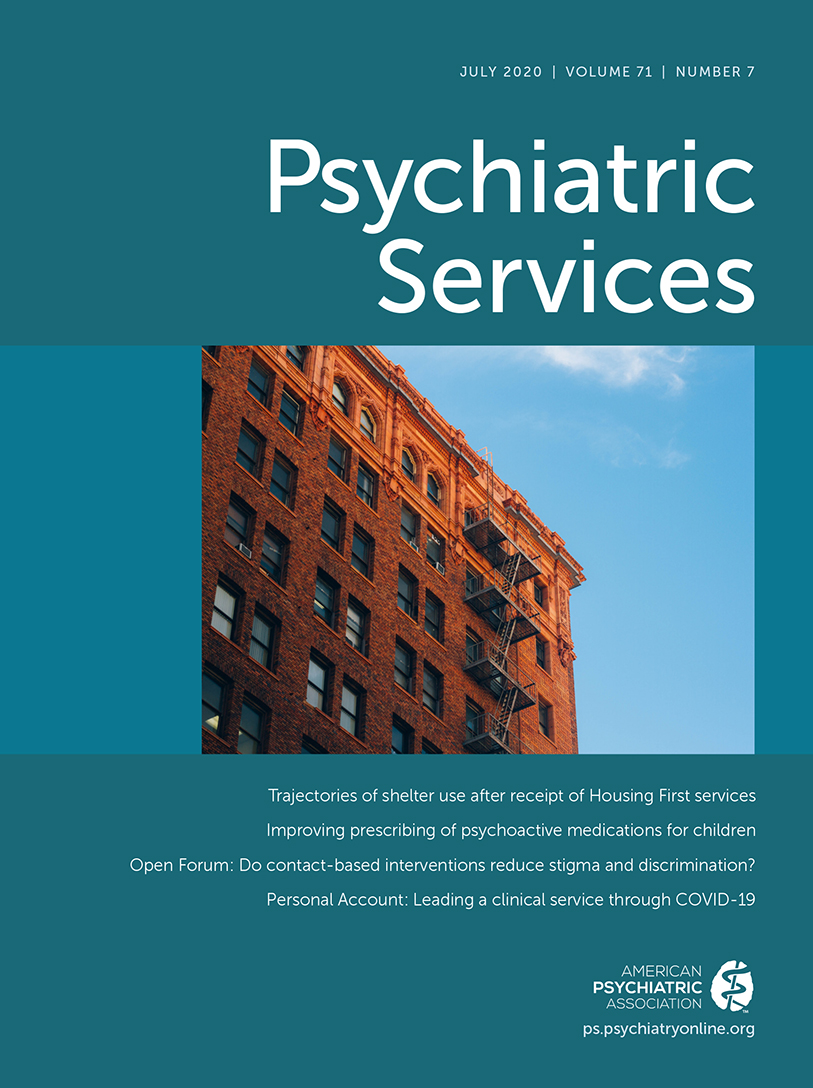Use of Health Services Among Post-9/11 Veterans With Mental Health Conditions Within 90 Days of Separation From the Military
Abstract
Objective:
The Veterans Metrics Initiative is a longitudinal survey study examining the military-to-civilian transition of a cohort of new post-9/11 veterans. This study identified the programs and services used by new post-9/11 veterans who screened positive for mental health problems (N=3,295) and factors that predicted use.
Methods:
The population of veterans who separated from active duty service in the 90 days prior to August–November 2016 (N=48,965) was identified and invited to participate in the study. This study reports results from the first wave of data collected.
Results:
Complete data were provided by 9,566 veterans. Of these, 34% (N=3,295) screened positive for one or more probable mental health problems. A substantial majority of these veterans also reported having a general medical problem. Results revealed that veterans from junior enlisted ranks were significantly less likely than those from higher ranks to use programs and services. Use of programs and services by male and female veterans was similar. Several racial-ethnic differences also emerged. There was some evidence that veterans may underrecognize their own mental health problems. Veterans who were exposed to combat, had a medical discharge, or reported an ongoing general medical condition were all significantly more likely to report using U.S. Department of Veterans Affairs (VA) health care services.
Conclusions:
These findings suggest that veterans, particularly those from the junior enlisted ranks—who are most at risk for poor transitions—should be encouraged to use programs and services provided by both the VA and non-VA health care alternatives.



